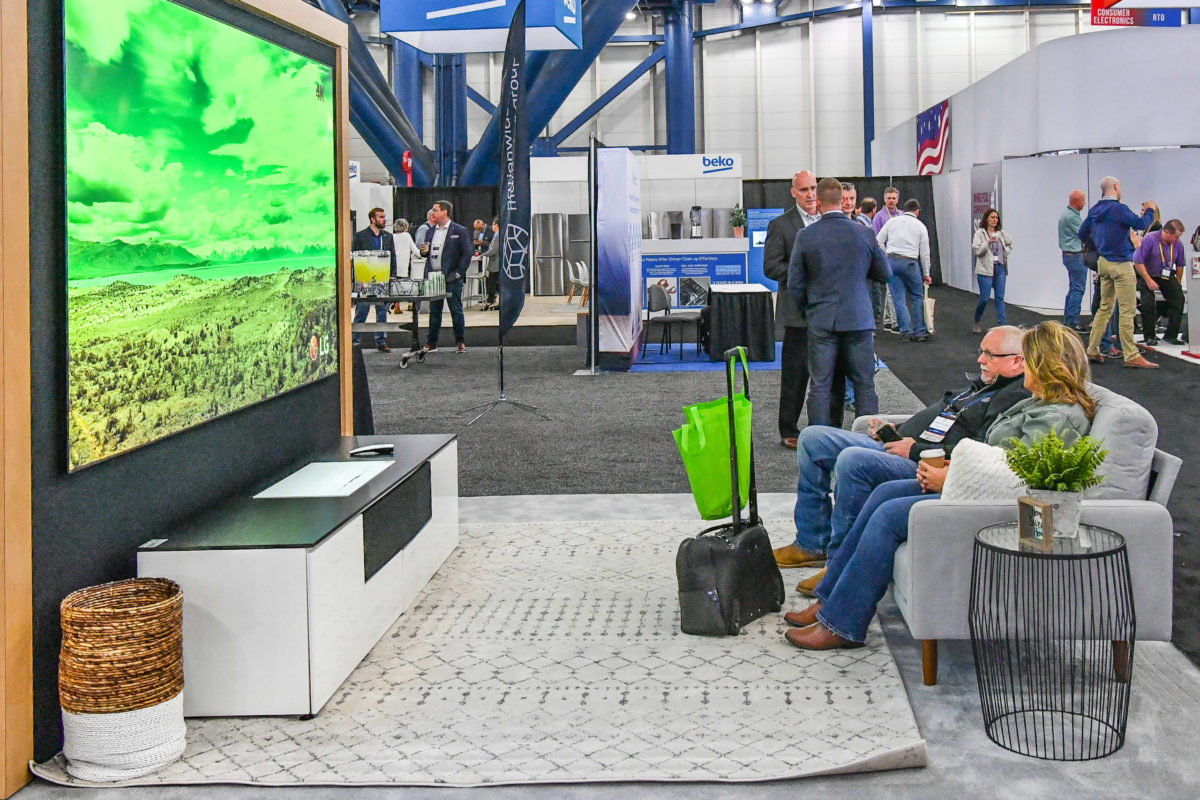It’s no secret that major consumer electronics (CE) buying patterns closely follow a four-to-six-year cycle, tied to major product innovations, obsolescence or breakage.
When the first true “high-definition” 720p televisions landed in 2006, they triggered a revolution, complete with an arms race that not only drove significant sales increases but also marked 2006 as one of the last years where the average selling price in televisions actually increased. Bolstered by the broadcast of the 2006 FIFA World Cup and, later, the 2008 Summer Olympics, as well as the emergence of Blu-ray Discs, high-definition televisions were a boon to both retailer and manufacturer alike.
The next big leap for the industry was less of a singular event and more of a slow evolution. Smart TVs – those televisions that combined the basic functions of a television and a computer – would change the industry just as much as the high-definition revolution.
It may be hard to remember, but the television you have in your living room bears little resemblance to the clunky, horrible-UI “smart” televisions of the early 2010s. There was no voice command or Alexa / Google / Siri integration – Alexa voice control wasn’t even invented until 2014, let alone integrated into your television. And the first Smart TV only launched with three apps! What primitive beings we must have been to be so enthralled with these barely smart “Smart” TVs. But the demand was, and is, there. In fact, the growth of the Smart TV has outpaced the adoption of 4K televisions, with less than one-third of American households having a 4k or UHD TV while over half of American households now have a Smart TV.
But that’s not all. While televisions were increasing in technology and resolution, they were also increasing in size. Driven by the continued evolution of larger and more efficient panel fabrication plants in Asia, raw material prices on large and ultra-large panels crashed. Consumer demand for 65” televisions has been the fastest-growing segment within the industry for the last six years. And it shows no signs of slowing down. This “go big” mentality was our last major buying cycle for televisions. Today, more than 25% of U.S. households own a 55” television or larger – a number that, while it continues to grow, has been fairly linear for the last 36 months.
I remember, back in 2017/2018, discussing with my peers what could be the next breakthrough that would drive another buying cycle. Some of us thought it would be 8K or microLED, while others pointed to outside factors, such as smart home integration or clear panels.
Unfortunately, all of us were wrong.
For the first time in the industry, what drove the buying cycle had nothing to do with the industry at all. It was Tiger King and Murder Hornets. A nation literally and figuratively on fire. Unprecedented civil unrest. Stock market crashes. The loss of people loved and beloved. COVID-19.
The pandemic has forced millions of Americans to stay home for months. It’s radically reshaped how consumers shop, how they think and how they buy. I remember when my laptop broke in the spring and, for the first time ever, I found myself thinking, “Is it worth the risk to go out and buy a new laptop in person, or should I wait a week to get it delivered?”
We’ve all heard or experienced similar stories – and they matter. Even the most confident among us has changed their shopping behavior. It’s important that your business changes in the same way that change has been forced upon us individually. Consumers are shopping more, not less. Your website is being judged in less than 10 seconds by you customers based on how fast it is, how easy it is to shop and whether you have product available to purchase now. Consumers are increasingly searching Google to find in-stock product across categories rocked by manufacturing challenges. Can your customers find your inventory on Google?
In another article I recently wrote, I asked retailers to “make the investments today that will afford you to face the challenges of tomorrow.” If today isn’t the tomorrow you expected or deserve, it’s not too late. The upside to the fickleness of consumers is that it is everlasting. 2021 is the year where your digital footprint will be the single-defining factor in success or failure. Are you ready? If not, now’s the time for your own upgrade.
This article was first published in the January 2021 issue of Retail Observer.




